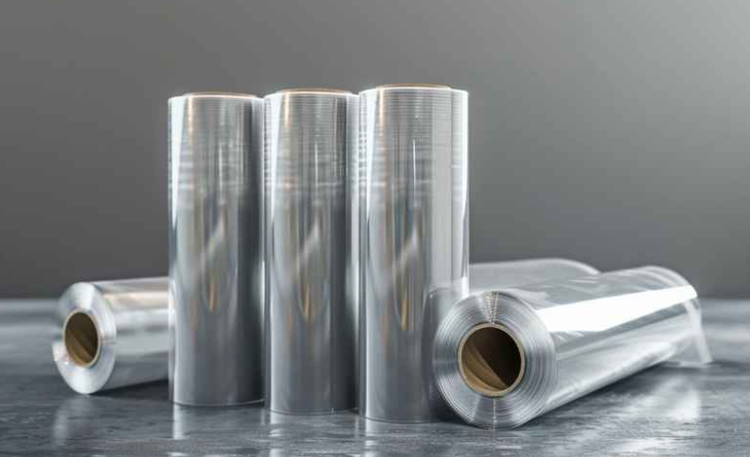Unveiling the Automotive Window Tinting Film: A Close Look at the Blowing Process!
The Secret to Car Shielding Film Blowing Process: Material Selection and Operation Are Key!
In the field of automotive maintenance, the process of blowing car masking film is considered an art, as it directly affects the masking effect and user experience. So, how to choose the right film material, and how to operate it correctly? This article will guide you through it step by step.

1. Automotive遮蔽膜吹膜材料大比拼
There are various types of blown materials for automotive masking films, each with its own advantages. PVC film is weather-resistant and flexible, making it suitable for everyday use and rainy days. Aluminum-based film is scratch-resistant and corrosion-resistant; although more expensive, it is aesthetically pleasing and durable, making it the top choice for interior use. PP film is impact-resistant and anti-aging, with a lower cost, but its weather resistance is slightly inferior. PU film combines anti-aging and scratch resistance, making it suitable for high-impact scenarios. The choice should be based on specific needs.
II. Comprehensive Analysis of the Blown Film Process for Automotive Masking Films
To blow-mold an automotive masking film, first prepare the materials and ensure the surface is clean and free of scratches. Next, heat the material to the appropriate temperature. During the blowing process, apply even airflow and control the wind intensity to prevent deformation or damage. Once the blowing is complete, cut the material to the desired size and secure it with strong adhesive or hot glue.
It is understood that during the blowing process, temperature control is crucial, as both excessively high or low temperatures can affect the film-blowing effect. Meanwhile, the blowing method also requires attention, ensuring it is even and slow to avoid localized overheating or excessive wind force.
Third, Strictly Enforce Quality Inspection Standards
After the automotive shading film is completed, quality inspection cannot be taken lightly. Surface smoothness, dimensional accuracy, weather resistance, tensile strength, and other factors must be tested one by one to ensure that the shading film meets design requirements and can perform stably in actual use.
IV. Matters Needing Attention Must Be Remembered
When selecting blow-molding materials, it is necessary to determine them based on the usage scenario and requirements; during the blowing process, temperature must be strictly controlled, and even blowing wind must be ensured; after blowing, a complete quality inspection must be carried out. Only in this way can the blowing effect of the car遮蔽膜 achieve the best results, providing better protection and maintenance services for your car. Note: The term "遮蔽膜" was not fully translated as it seems to refer to a specific type of car protective film. In the context of car care, it likely refers to a "car protective film" or "car cover film."
In summary, the blowing process of automotive masking film is not complicated, but every step requires careful attention. By selecting the right materials, employing scientific production techniques, and conducting rigorous quality inspections, we can certainly create high-quality automotive masking film, adding a touch of beauty to our beloved cars.
【Copyright and Disclaimer】The above information is collected and organized by PlastMatch. The copyright belongs to the original author. This article is reprinted for the purpose of providing more information, and it does not imply that PlastMatch endorses the views expressed in the article or guarantees its accuracy. If there are any errors in the source attribution or if your legitimate rights have been infringed, please contact us, and we will promptly correct or remove the content. If other media, websites, or individuals use the aforementioned content, they must clearly indicate the original source and origin of the work and assume legal responsibility on their own.
Most Popular
-

Amcor Opens Advanced Coating Facility for Healthcare Packaging in Malaysia
-

ExxonMobil and Malpack Develop High-Performance Stretch Film with Signature Polymers
-

Plastic Pipe Maker Joins Lawsuit Challenging Trump Tariffs
-

Pont, Blue Ocean Closures make biobased closures work
-

Over 300 Employees Laid Off! Is Meina Unable to Cope?

